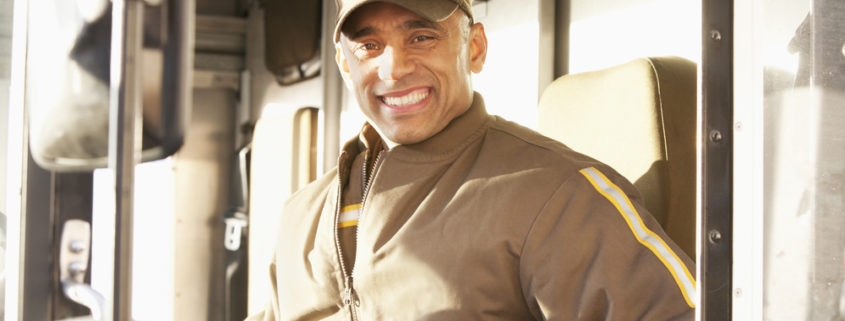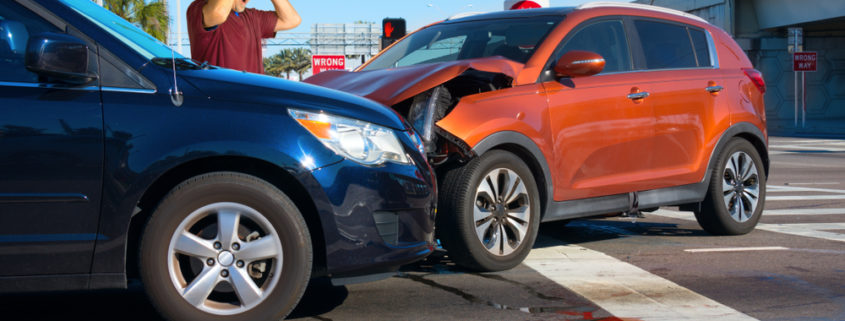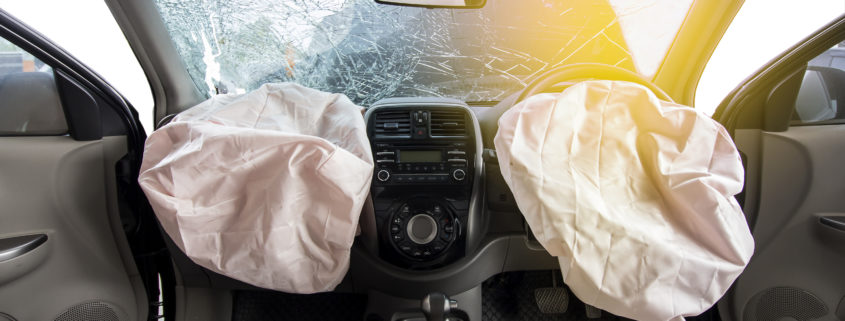How UPS Drivers Avoid Crashes
UPS drivers who have not had an avoidable accident for at least 25 years are inducted annually into their elite “Circle of Honor.” So far, 10,504 drivers , including Robert Gomez, Jr. of Tucson, have received this distinction. Mr. Gomez puts in over 100 miles daily (meaning he has logged at least 670,000 miles for UPS) and has delivered more than a million packages. How do he and other UPS drivers manage to avoid crashes and travel so many accident-free miles? The answer lies in the training they receive.
Before a new UPS driver delivers a single package, they must pass a demanding training program. Integral to this program are five “seeing” habits that keep drivers safe:
1. Aim High in Steering. Look well ahead, not just at the vehicle in front of you.
2. Get the Big Picture. Look out for things going on around you.
3. Keep Your Eyes Moving. Don’t fix your gaze—look around; use your peripheral vision.
4. Leave Yourself an Out. Prepare; plan an escape route if something unexpected happens.
5. Make Sure They See You. Use signals, lights, horns; make eye contact.
Two things you may not have noticed about UPS drivers, but that are important to their safety record, is that they rarely turn left or back up.
UPS drivers are taught to favor right turns unless a left turn is absolutely necessary. Left turns cause a vehicle to go against the flow of traffic and are more likely to cause an accident. A study by the National Highway Traffic Safety Association (NHTSA) of crashes in intersections (“Crash Factors in Intersection-Related Crashes: An On-Scene Perspective”) showed that of “critical pre-crash events” (an event that made a crash inevitable), over 22% involved left turns. In contrast, right turns were reported as pre-crash events only 1.2% of the time.
A study in New York City showed that left turns were involved in more pedestrian crashes than right turns by a factor of 3 to 1. In addition to reducing the risk of collisions, UPS found that implementing minimal left turns has not only reduced accidents, but it also has saved millions of gallons of gas each year and reduced vehicle emissions (since vehicles don’t idle while waiting to turn left).
UPS drivers are also taught to avoid backing up because it increases the chances that the vehicle might collide with something or someone. In the NHTSA report “Fatalities and Injuries in Motor Vehicle Backing Crashes,” most fatalities and injuries were found to involve passenger vehicles. Children under 5 years of age and adults over 70 were at greater risk. Driveways were the scene of the greatest number of deaths from backover collisions.
Remember that if you cause an injury or an accident while backing up, you may be held responsible for those injuries. If you must back up, check your surroundings carefully and thoroughly before doing so. When you do back up, back as slowly as possible. Use your rearview mirror, side mirrors, and backup camera (if available). Avoid backing out of a driveway into traffic. Instead, back into the driveway so you can pull out into traffic when leaving. In addition, make sure your backup lights are working in case you have to back up at night.
UPS drivers who have the privilege of being a part of the “Circle of Honor” have shared their advice for staying accident-free. This advice includes watch your mirrors; don’t be in a hurry; focus all the time; get proper rest; when you’re driving, drive; and avoid distractions.
You may or may not put in as many miles as a typical UPS driver, but you can learn from their training to avoid crashes and protect yourself and others from accidents and injuries.





